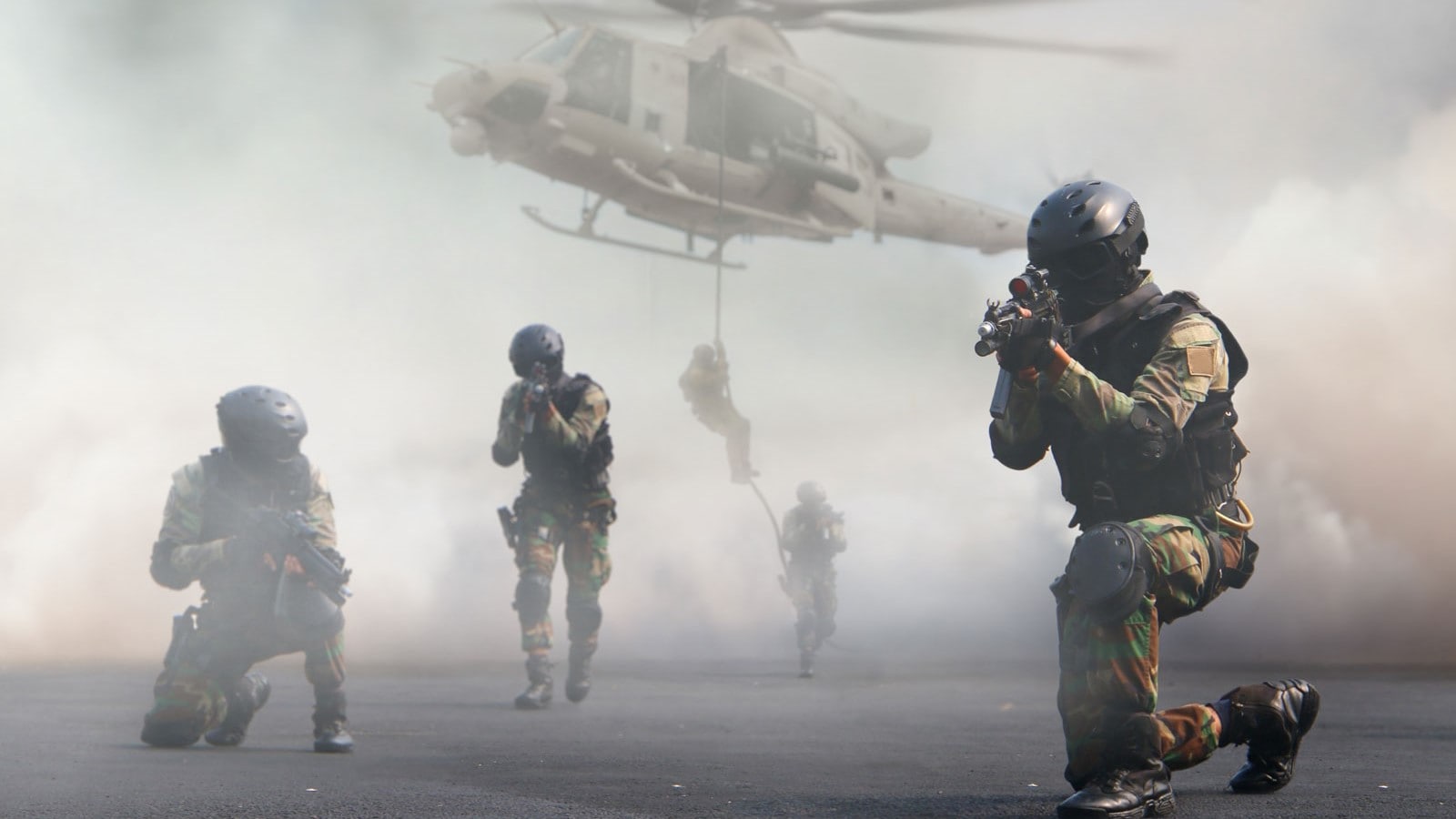ARTICLE AD BOX
 Following the Pahalgam terror attack on April 22, the government put in abeyance the Indus Waters Treaty with Pakistan, which restricts hydroelectric projects in the Indus river basin (File)
Following the Pahalgam terror attack on April 22, the government put in abeyance the Indus Waters Treaty with Pakistan, which restricts hydroelectric projects in the Indus river basin (File)
Union Power Minister Manohar Lal said Tuesday that India will plan more water storage for hydro projects in J&K that are still in the initial stages, but no changes will be made for projects already in the pipeline.
At a media briefing, the Minister said, “Where Indus Waters Treaty is concerned, no changes will be made for projects that are in the pipeline, because the technical details have been finalised. There are some projects that are in the initial stages, for which we can plan more water storage and electricity generation.”
Following the Pahalgam terror attack on April 22, the government put in abeyance the Indus Waters Treaty with Pakistan, which restricts hydroelectric projects in the Indus river basin from including any significant water storage capacity. Now, the government is likely to increase storage capacity for new projects.
Currently, there are four hydro projects in J&K that have been concurred by the Central Electricity Authority (CEA), the country’s apex power planning body, but are yet to be taken up for construction.
These include New Ganderbal (93 MW) on the Sindh Nallah, Kirthai-II (930 MW) and Sawalkot (1,856 MW) on the Chenab, and Uri-I Stage-II (240 MW) on the Jhelum. As of April, all these projects are planned as run-of-the-river, with three including limited pondage capacity.
The CEA is also exploring the Bursar storage-based hydro project (800 MW) on the Marusudar river, a tributary of the Chenab, which is currently under the survey and investigation (S&I) stage. Two more run-of-the-river projects – Dulhasti Stage-II (260 MW) and Kirthai I (390 MW) – are also under examination.
According to the CEA, J&K has a balance potential of nine more hydro projects, with a cumulative capacity of 1,088 MW. Out of these, two are planned with storage – Gangbal (48 MW) and Wardwan Bursar (255 MW) – and the remaining are all run-of-the-river projects.
Story continues below this ad
Earlier, The Indian Express had reported that the Centre was looking to fast-track four hydroelectric projects on the Chenab – Pakal Dul (1,000 MW), Ratle (850 MW), Kiru (624 MW), and Kwar (540 MW). Pakal Dul is the first storage-based hydro project being built in J&K.
Once completed, it will have a live storage capacity of nearly 109 million cubic metres (mcm) and is expected to be commissioned by September 2026, according to the CEA.
At the briefing, Manohar Lal also said the country’s power sector faced cyberattacks in “large numbers” during Operation Sindoor, all of which were countered by installed firewalls.
“During Operation Sindoor, (power sector) systems were attacked in large numbers. However, we countered each attack, hence there were no losses.”
Story continues below this ad
Power Secretary Pankaj Agarwal said heavy malicious traffic was detected and addressed by firewalls.
The Minister said, “Cybersecurity is being strengthened for all projects, be it generation, transmission or distribution. Even imported items used in projects are being scrutinised, because anyone can attempt cyberattacks.”
Aggam Walia is a Correspondent at The Indian Express, reporting on power, renewables, and mining. His work unpacks intricate ties between corporations, government, and policy, often relying on documents sourced via the RTI Act. Off the beat, he enjoys running through Delhi's parks and forests, walking to places, and cooking pasta. ... Read More



.png)
.png)
.png)



























 English (US) ·
English (US) ·